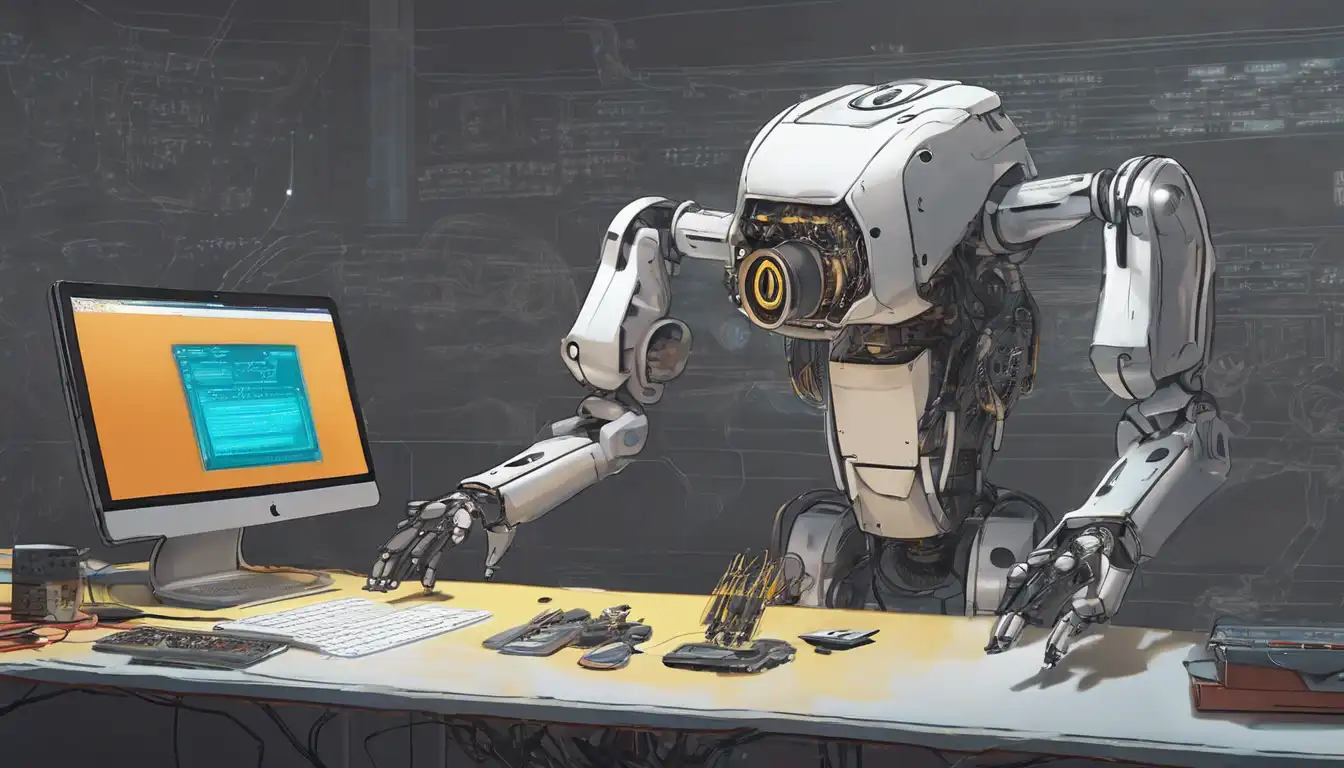Introduction to Robotics Programming
Robotics programming is an exciting field that combines the creativity of design with the precision of coding. Whether you're a hobbyist looking to build your first robot or a professional aiming to automate tasks, understanding the basics of robotics programming is essential. This guide will walk you through the foundational steps to get started in this dynamic field.
Understanding the Basics
Before diving into coding, it's important to grasp the core concepts of robotics. Robotics involves the design, construction, operation, and use of robots. Programming these robots allows them to perform tasks autonomously or semi-autonomously. Key components include sensors, actuators, and a control system, all of which are programmed to work together seamlessly.
Choosing the Right Programming Language
Several programming languages are popular in robotics, each with its own strengths. Python is renowned for its simplicity and readability, making it ideal for beginners. C++ offers more control over hardware, which is crucial for performance-intensive applications. Other languages like Java and ROS (Robot Operating System) are also widely used in the robotics community.
- Python: Best for beginners and rapid prototyping.
- C++: Preferred for high-performance tasks.
- Java: Used in some high-level robotics applications.
- ROS: A flexible framework for writing robot software.
Setting Up Your Development Environment
To start programming robots, you'll need a development environment tailored to your chosen language and hardware. For Python, IDEs like PyCharm or Thonny are excellent choices. C++ developers might prefer Visual Studio or Eclipse. Additionally, installing ROS can provide a robust set of tools and libraries for more advanced projects.
Your First Robotics Project
Starting with a simple project is the best way to apply your knowledge. Consider building a line-following robot or a basic robotic arm. These projects introduce fundamental concepts like sensor input, motor control, and feedback loops. Online tutorials and communities can provide valuable guidance and inspiration.
Advanced Topics to Explore
Once you're comfortable with the basics, you can explore more advanced topics such as machine learning for robotics, computer vision, and swarm robotics. These areas open up possibilities for creating more intelligent and autonomous systems.
Resources and Communities
Joining robotics communities and forums can accelerate your learning. Websites like Robotics Stack Exchange and Reddit's robotics community are great places to ask questions and share projects. Additionally, open-source platforms like GitHub offer countless robotics projects to study and contribute to.
Robotics programming is a journey of continuous learning and experimentation. By starting with the basics and progressively tackling more complex projects, you'll develop the skills and confidence to bring your robotic visions to life.
